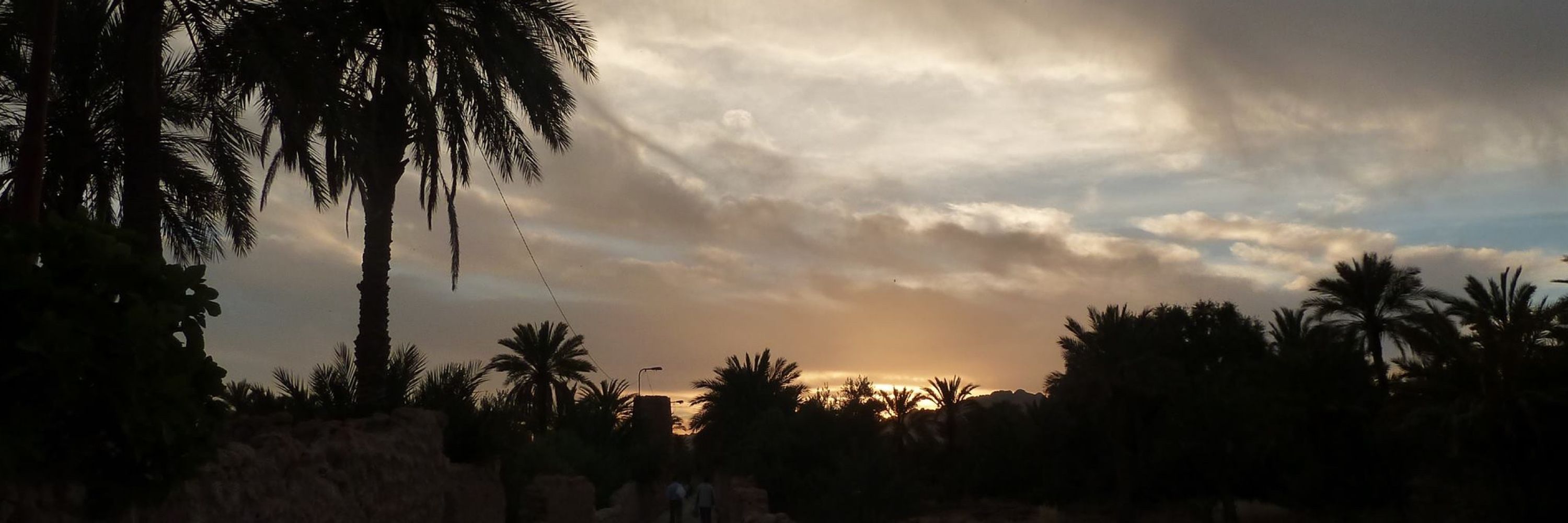Maarten Kossmann
@maartenkossmann.bsky.social
970 followers
360 following
2.2K posts
Berber linguistics // linguistique amazighe // ⵜⵎⵓⵙⵏⵉ ⵏ ⵜⵎⴰⵣⵉⵖⵜ
Universiteit Leiden
https://www.universiteitleiden.nl/en/staffmembers/maarten-kossmann
Profile picture: RIL 135
Posts
Media
Videos
Starter Packs
Pinned
Reposted by Maarten Kossmann
Reposted by Maarten Kossmann










